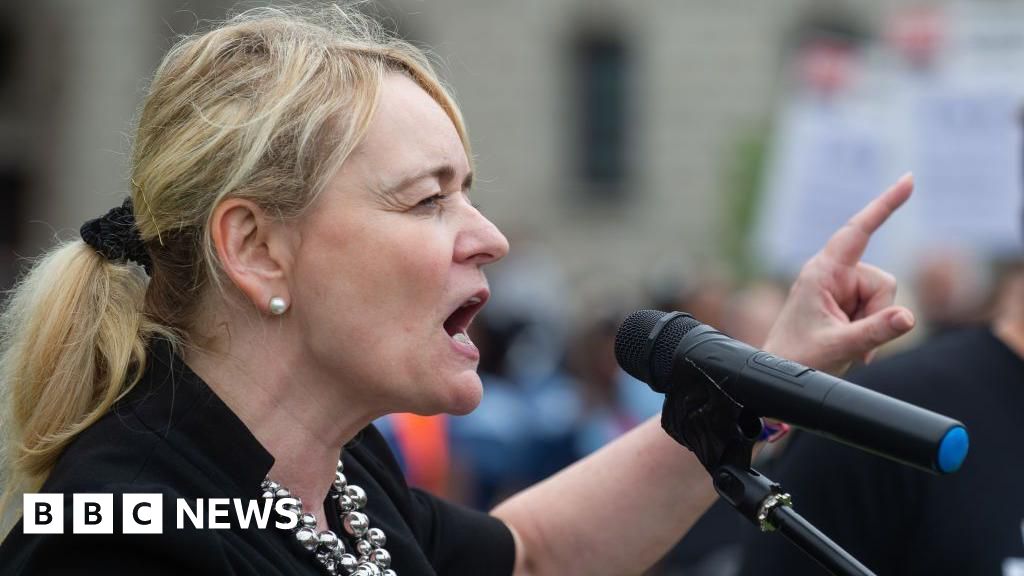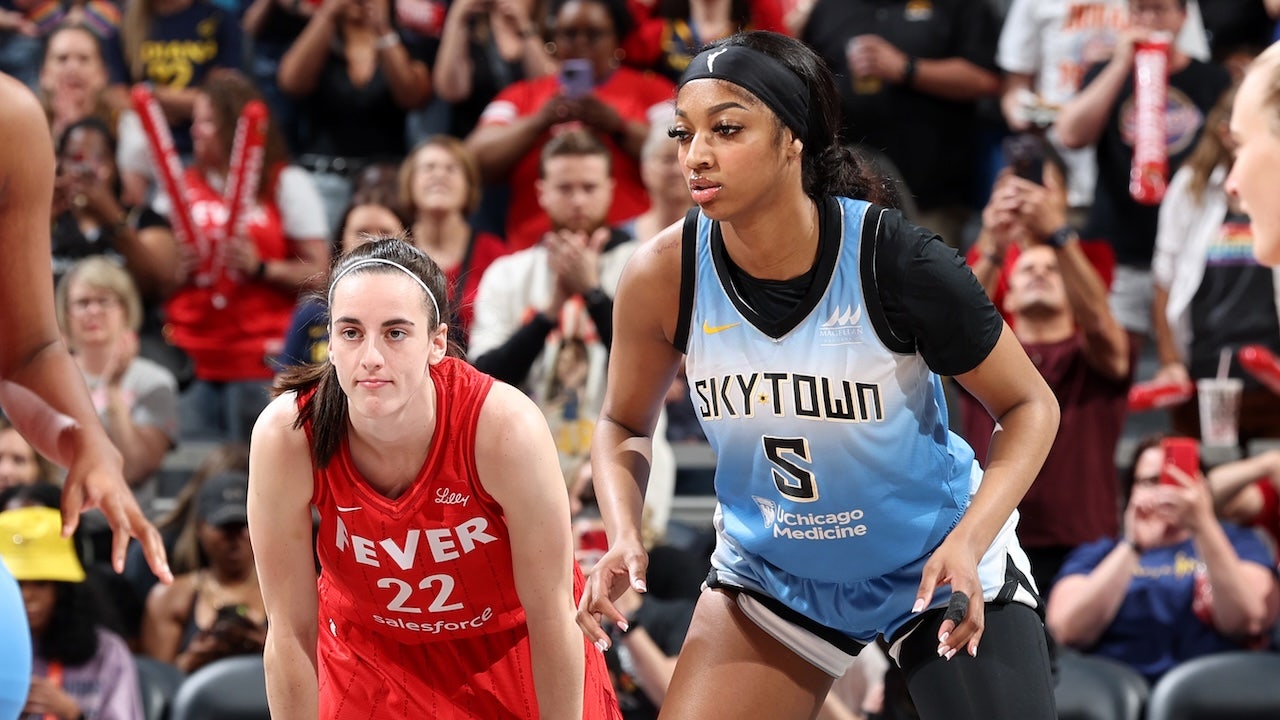More clarity may arrive this afternoon, when Fed leaders release a statement at the end of their two-day policy meeting at 2 p.m. Eastern. Then at 2:30, Fed Chair Jerome H. Powell will take questions at a news conference, where he’ll probably be asked about the Fed’s fight against inflation, the health of the job market and timing for future cuts.
The last time officials convened, in June, they penciled in just one rate cut before the end of the year, down from three a few months before that. The Fed won’t issue official projections again until September. But in the meantime, Powell could shed some light on where he and his colleagues think policy is headed — and if they even have time to cut rates during the handful of meetings left in the year.
The practiced and staid that Fed chief generally holds back from forecasting too far into the future. Instead, he and his colleagues have been focused on building confidence that inflation is falling reliably down on its way to a more normal 2 percent. That’s clearly what the data show; using the Fed’s preferred gauge, inflation clocked in at 2.5 percent in June.
If anything, some economists are puzzled over why the Fed isn’t cutting rates already.
“We want to have greater confidence inflation was moving sustainably down toward our 2 percent target, and what increases our confidence in that is more good inflation data,” Powell said at the Economic Club of D.C. this month. “And lately here, we have been getting some of that.”
Fed officials are taking their time because they’ve been thwarted by the economy’s unexpected turns before. At the start of the year, a slew of hot inflation reports suggested the Fed was losing ground on its push to slow the economy, after things looked like they were cruising late in 2023. Well before that, the Fed was slow to react when prices surged in the wake of the coronavirus pandemic — a mistake that forced the central bank to hoist borrowing costs in a rush to catch up. They ultimately brought the federal funds rate to between 5.25 and 5.5 percent.
Through it all, though, the Fed has managed a rare feat: bringing inflation down without causing a recession or blow to the job market. The economy grew at a surprisingly strong 2.8 percent in the second quarter, capping two years of solid expansion. The extreme labor shortages from the pandemic have also faded away, but employers are still hiring.
In the backdrop is the presidential election, where Republicans and Democrats are campaigning on vastly different plans for the economy. While the Fed is loath to get involved in politics, it doesn’t operate in a vacuum. Many economists, for example, warn that former president Donald Trump’s policies on higher tariffs and mass deportations would worsen inflation. If he wins in November and his agenda becomes law, the Fed’s inflation fight could be upended.
In the meantime, some Fed watchers are antsy for the first cut. They argue rates that stay too high for too long can backfire, causing cracks in the labor market if employers pull back or even lay people off. Those signs haven’t emerged yet. But officials have acknowledged that they have to balance their inflation goals with protecting the labor market more evenly than they have over the past few years.
For the economy as a whole, it might not matter much if the Fed cuts in July versus September. Rather, it’s about the signal. Speaking to The Washington Post this month, Boston Fed President Susan Collins noted how bumpy the inflation fight has been. That makes it especially important that “we really stay the course” while keeping a close eye on any other emerging risks.
“From my perspective, I have gained some confidence with the last three months,” Collins said on inflation. She added: “I think we’re not quite there yet.”
Eric Rosengren, who ran the Boston Fed from 2007 to 2021, said it was too soon to know if the Fed will cut more than once — largely because of the presidential election. After September, the Fed’s remaining meetings for 2024 are the week of the election in November and then again in December. To avoid political backlash, the Fed would probably steer clear of a rate cut in November. But by December, the economy may be headed in different directions depending on who wins.
“We have two candidates who have very different fiscal policies, and at least some of those fiscal policies could start changing the forecast,” Rosengren said. “So I think the committee probably is going to want to be pretty neutral on what they do after September.”















































